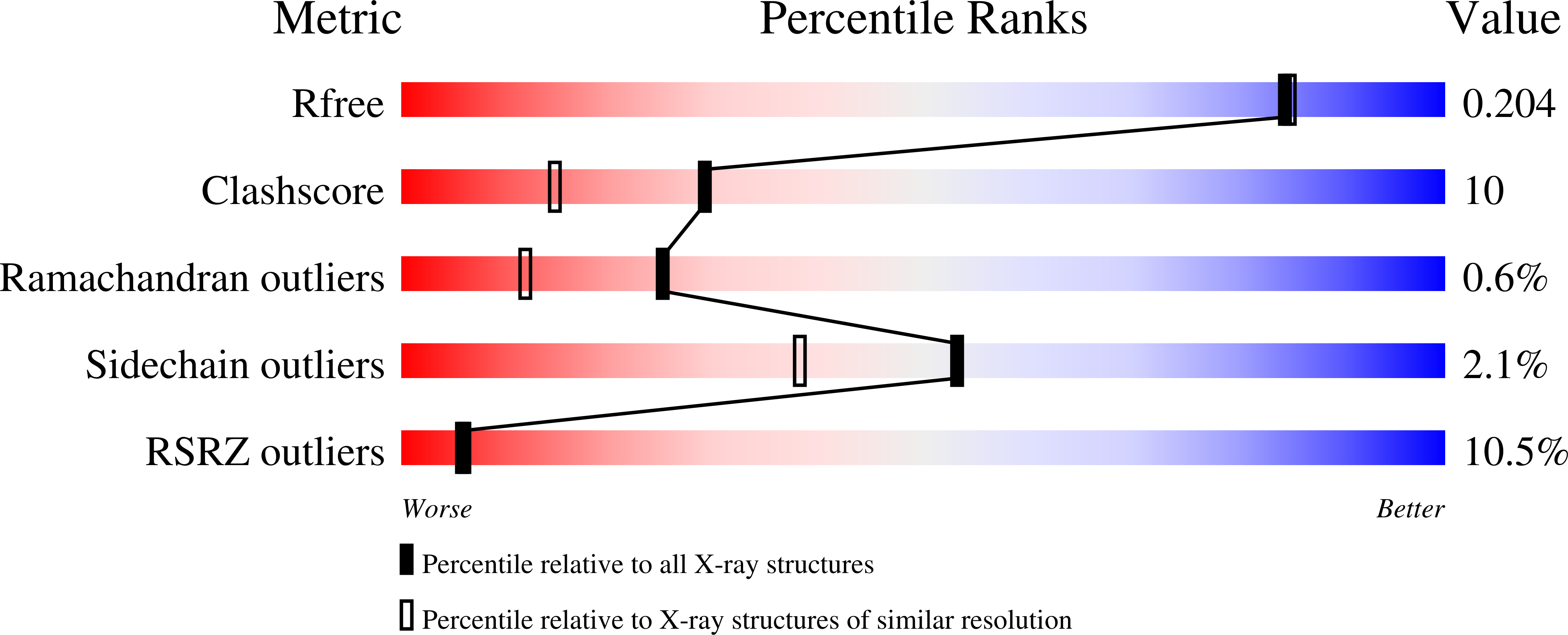
Deposition Date
2009-10-08
Release Date
2010-09-29
Last Version Date
2024-11-27
Method Details:
Experimental Method:
Resolution:
1.85 Å
R-Value Free:
0.22
R-Value Work:
0.21
R-Value Observed:
0.21
Space Group:
P 41 21 2


